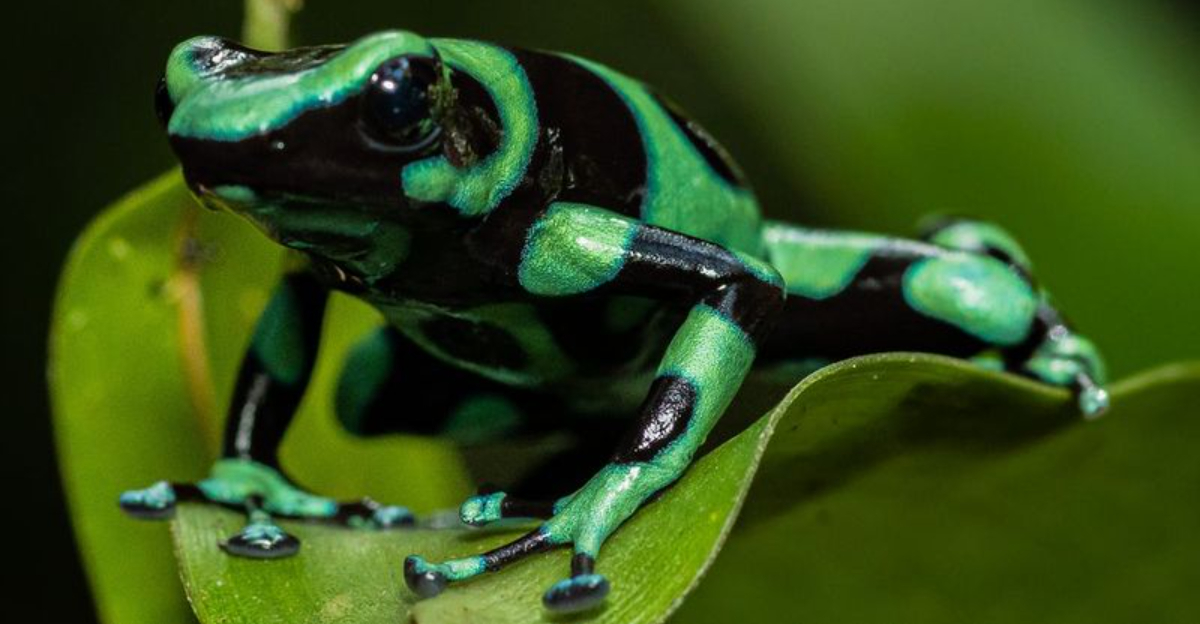Hawaii’s rainforests hide some remarkable amphibian residents that bring both color and chorus to the islands.
While none of the frogs from the list are actually native to Hawaii (they’re all introduced species), they’ve certainly made themselves at home in the tropical paradise, creating a unique ecosystem worth exploring for any nature enthusiast.
1. Cuban Treefrog
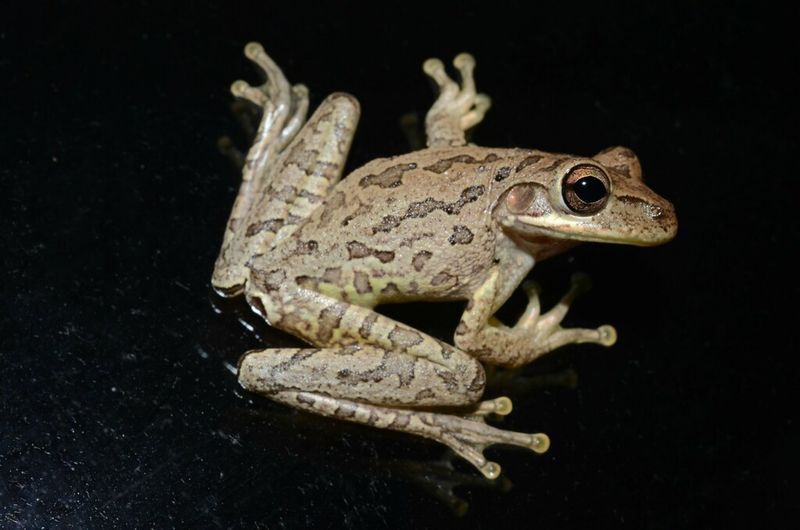
These adaptable climbers range from pale cream to mottled brown, with enormous toe pads that let them scale virtually any surface.
Nighttime explorations with a red-filtered flashlight offer the best viewing opportunities as they emerge to feed.
Unfortunately, these amphibians are considered invasive pests that threaten native ecosystems. Their sticky secretions can irritate skin and eyes, so maintain a respectful distance when photographing these fascinating but problematic residents.
2. Coqui Frog
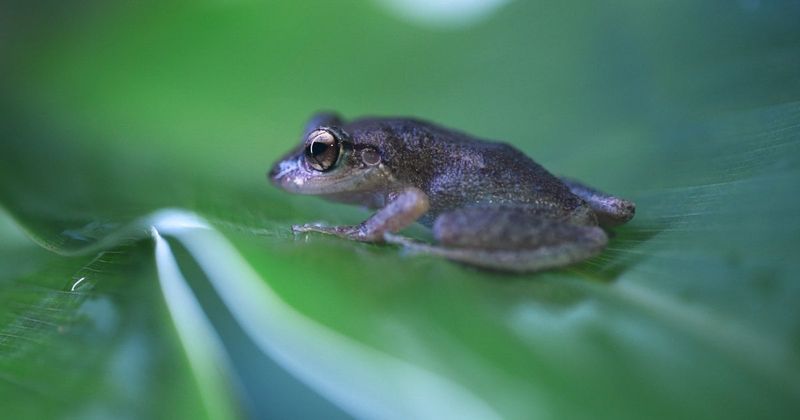
The unmistakable nighttime chorus of these tiny vocalists filled the air during my stay on the Big Island. Despite their small size—barely an inch long—coqui frogs create Hawaii’s most recognizable amphibian soundscape.
Males sing their namesake call from dusk until dawn, with sound levels sometimes reaching an astonishing 90 decibels! Originally from Puerto Rico, these tiny tan-to-brown frogs now thrive throughout Hawaii’s rainforests.
Finding them requires patience and a good ear.
3. Green-And-Black Poison Dart Frog
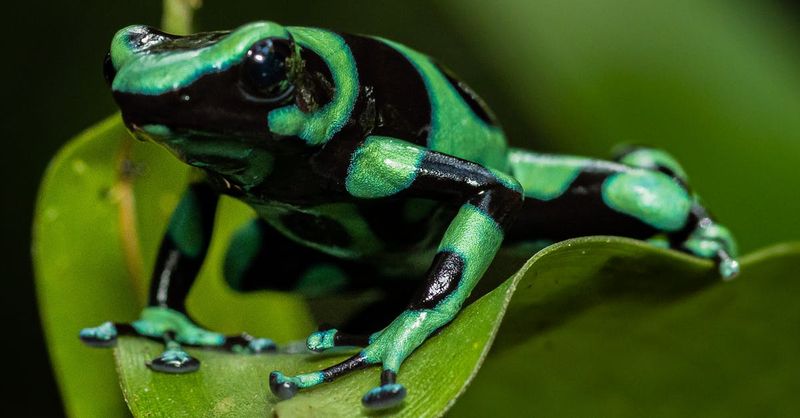
Morning searches after rainfall offer your best chance of spotting them. They prefer low vegetation and leaf litter where they hunt for tiny insects.
Despite their intimidating name, Hawaiian poison dart frogs contain significantly less toxin than their Central American relatives.
Listen for their soft buzzing calls and bring a camera with macro capabilities. Just remember: admire but don’t touch! Their skin secretions can cause mild irritation even in their less toxic Hawaiian form.
4. Greenhouse Frog
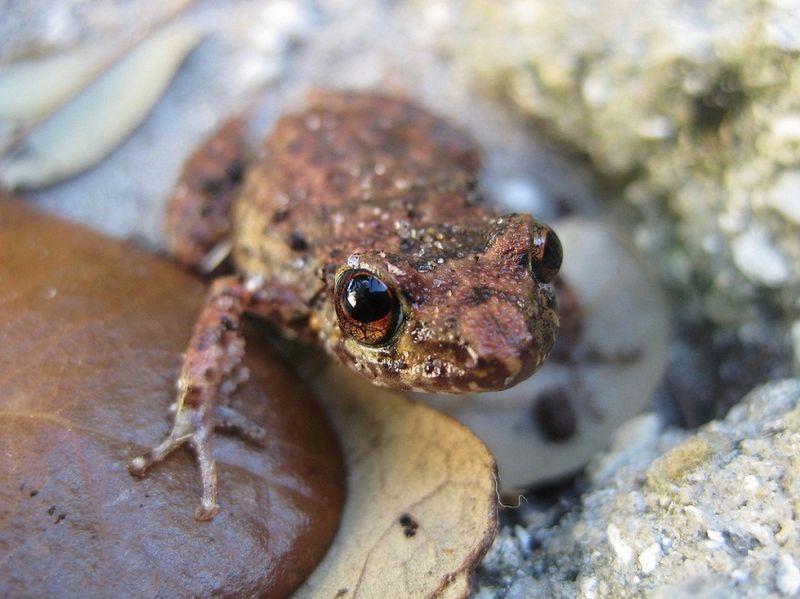
These unassuming little amphibians lack the flashy colors or loud calls of their cousins, making them easy to overlook.
About the size of a quarter, they range from reddish-brown to gray with subtle patterns along their backs. Unlike most frogs, they skip the tadpole stage entirely! Tiny fully-formed froglets emerge directly from their eggs.
Look for them in plant nurseries, mulched gardens, and forest floors with plenty of leaf litter. They’re most active at night but can sometimes be found during daytime rain showers hiding under rocks, logs, or flowerpots.
5. Japanese Wrinkled Frog
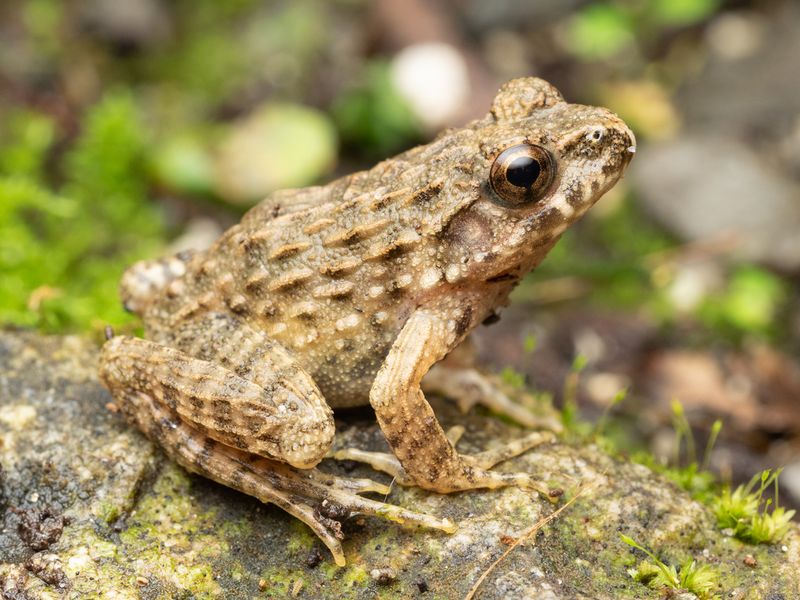
Wrinkly wanderers with personality! The first time I encountered one of these characterful amphibians near a taro patch in Waipio Valley, its comically textured skin made me smile.
These medium-sized frogs prefer wetlands and slow-moving streams where they hunt insects and small aquatic creatures. Their olive-brown bodies with darker spots provide excellent camouflage among muddy banks and vegetation.
Dawn and dusk offer prime viewing opportunities. Listen for their “wop-wop” calls near agricultural areas, especially taro fields and irrigation ditches.
6. American Bullfrog
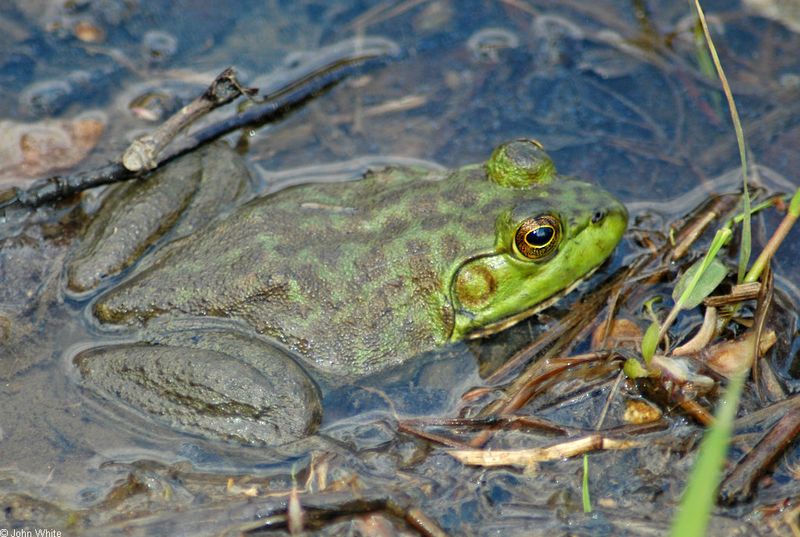
These impressive amphibians dominate any habitat they occupy.
Unmistakable due to their sheer size and distinctive rumbling “jug-o-rum” calls, bullfrogs prefer still or slow-moving water bodies. Their voracious appetites pose serious threats to native wildlife as they’ll consume almost anything they can fit in their mouths—including other frogs!
Spotting them is relatively easy—scan pond edges with binoculars during early morning or evening hours.
